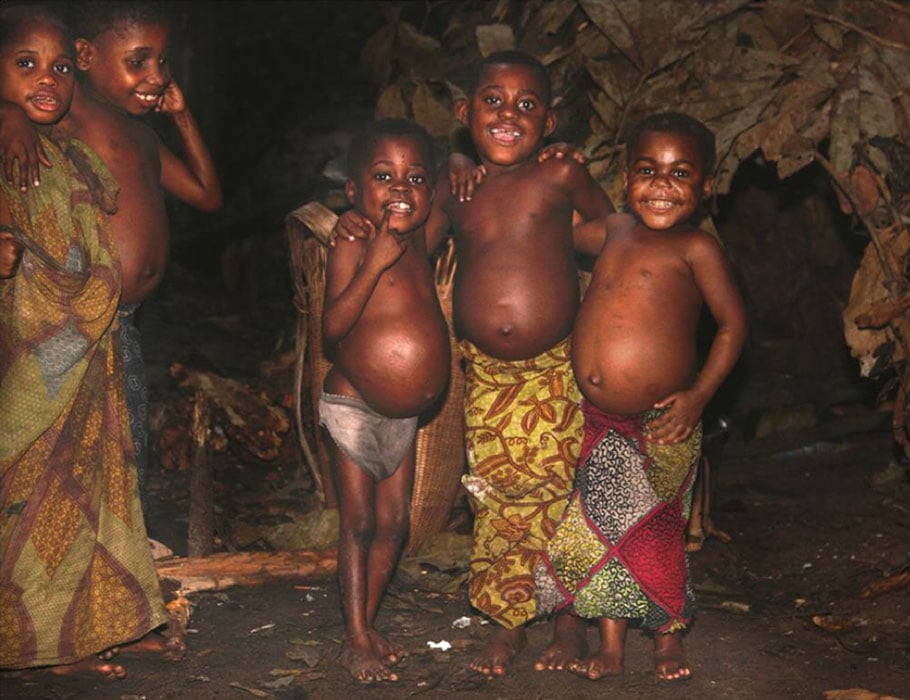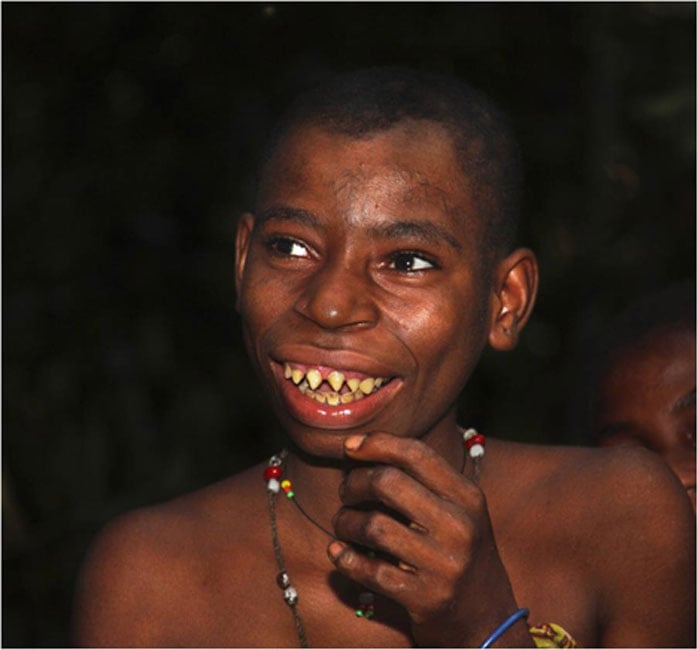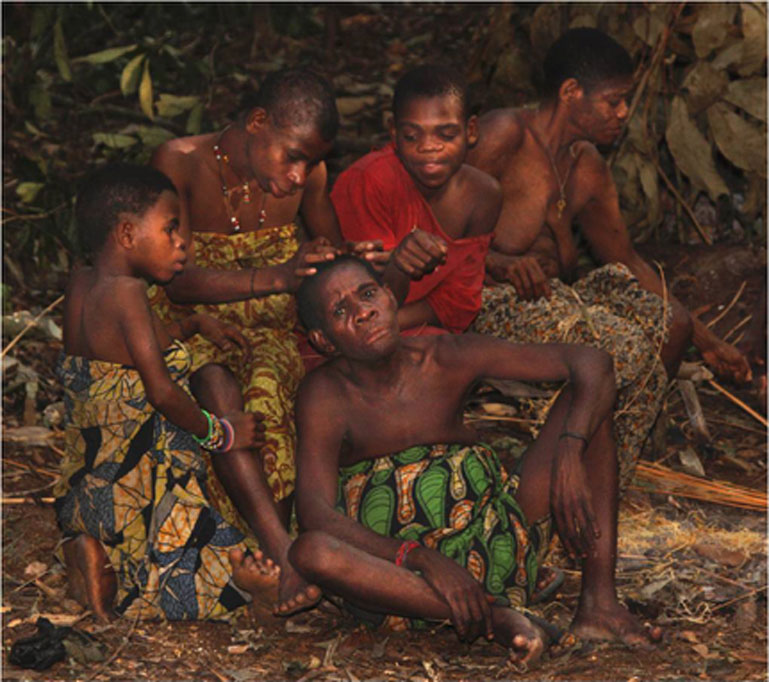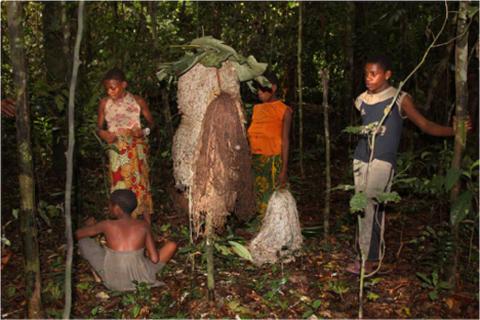
Hidden in History, Exposed to Modern Epidemics, the Lost Tribe of Ba’Aka Pygmies May Face Extinction
Deep in the rain forests of darkest Africa close to the Equator, in the Central African Republic, the Ba’Aka tribe – formerly known as pygmies - have lived for more than 40,000 years. Elusive, hiding in the jungle as much as they have been hiding within the annals of history. Facing deforestation due to logging companies systematically destroying the rainforest, multiple diseases such as AIDS and tuberculosis and the ravages of civil war, their existence now seems to be threatened almost to a point of extinction. Adventurer and conservationist Willem Daffue set out to live with and learn more about the enigmatic lost tribe of the rain forest.

Exuberant and joyful young Ba’Aka girl with filed teeth. (Image: Willem Daffue)
‘Pygmies’ in History
In an interview on BCC, Jerome Lewis of University College London, made the remark: “Central Africa's Pygmy population - somewhere in the region of 500,000 to 900,000 people, is on a genealogical par with the San of Southern Africa. They are, in effect, who we are all related to. These are civilizations that make ancient Egypt look like a spring chicken." The first historical reference to the ‘pygmies’ occurs in a letter dated 2276 BC, to Harkhuf, by eight-year old Pharaoh Pepy II describing a: “dancing dwarf of the god from the land of spirits”. The boy-king was eager to see the ‘pygmy’ that Harkhuf had brought him from an expedition to Nubia: “My Majesty longs to see this pygmy more than all the treasures of Sinai and Punt!”
Their average height being 1.52 meters (5 feet) Homer described them as tall as a ‘pygme’, a measurement from the elbow to the knuckle. Pliny in his Natural History recalls Homer’s description of them as: “Three-span (Thrispithami) Pygmae, who do not expand three spans, that is twenty-seven inches in height, the climate is healthy and always spring-like, as it is protected on the north by a range of mountains, this tribe Homer has also recorded as being beset by cranes. It is reported that in springtime their entire band, mounted on the backs of rams and she-goats and armed with arrows goes in a body down to the sea and eats the cranes’ eggs and chickens and that this outing occupies three months, and that otherwise they could not protect themselves against the flocks of cranes would grow up, and that their houses are made of mud and feathers and egg-shells.”
- Explorer Rushes Back to Collect Pygmy Prize After Child Pharaoh’s Golden Letter
- Explorers That Found Ancient Lost City of the Monkey God Almost Lose Their Faces to Flesh-Eating Parasite
- Medical marijuana: Modern hunter-gatherers may use cannabis to treat intestinal infections
Herodotus reported a traveler having seen: “dwarfish people, who used clothing made from the palm tree.” In his book Darkest Africa, (1890) the Welsh journalist Henry Stanley wrote: "In him was a mimicked dignity, as of Adam; in her the womanliness of a miniature Eve".

“In her the womanliness of a miniature Eve,” Ba’Aka women delousing each other. (Image: Willem Daffue)
The Supreme God Komba and His Forest Son, Jengi
The Ba’Aka tribe live in the Dzanga-Sangha Reserve, the second largest rainforest on earth, which crosses the border to the Congo and Cameroon. Their population is estimated at 30,000. They are monotheistic, believing in the supreme god Komba, but the way to Komba is through the forest spirit called Jengi. This belief may be reminiscent of the Christian belief that Christ is the only way to the Father God. It may thus not have been that difficult for many Ba’Aka to have been converted to Christianity, by the missionaries that visited them.





